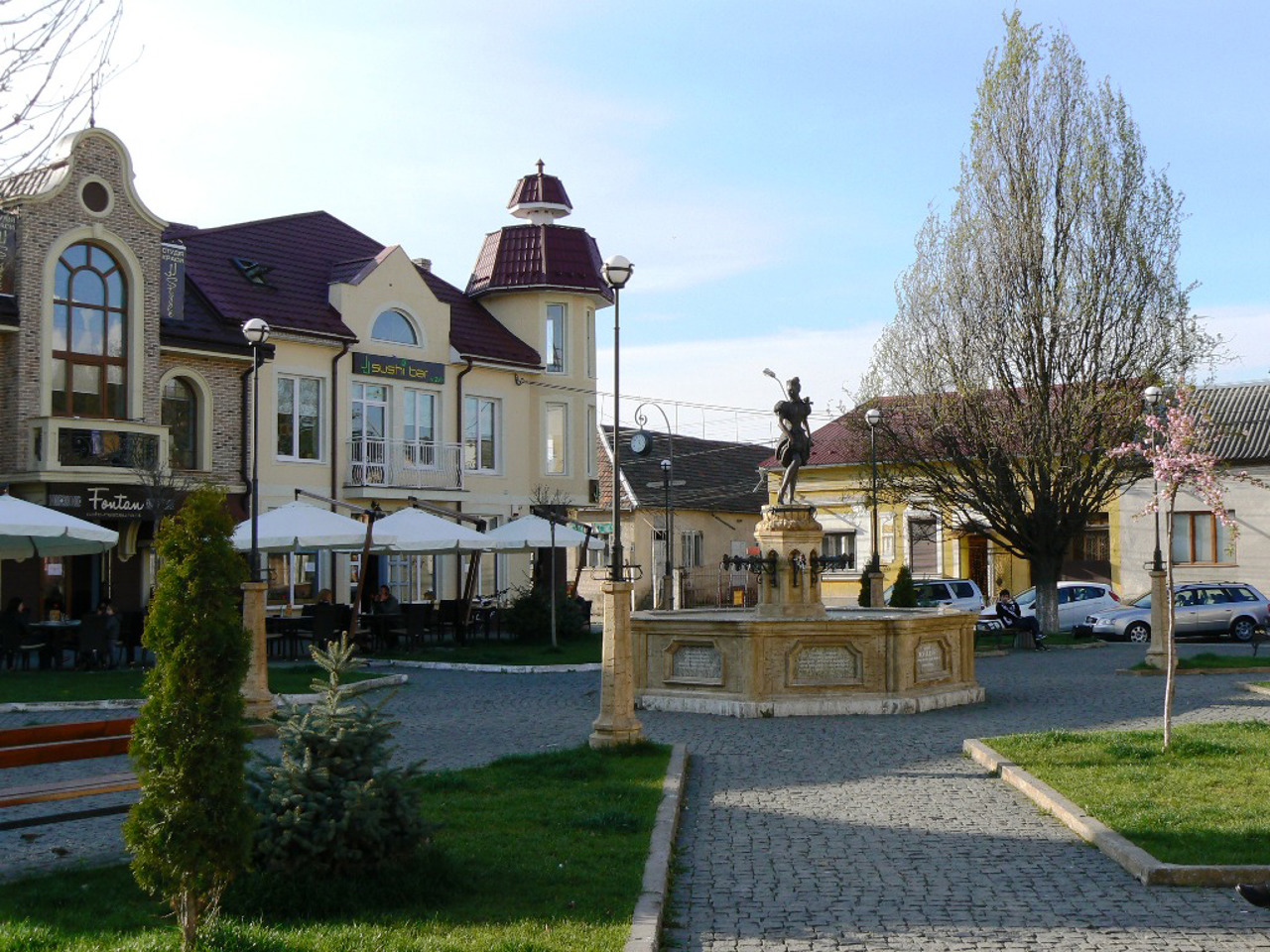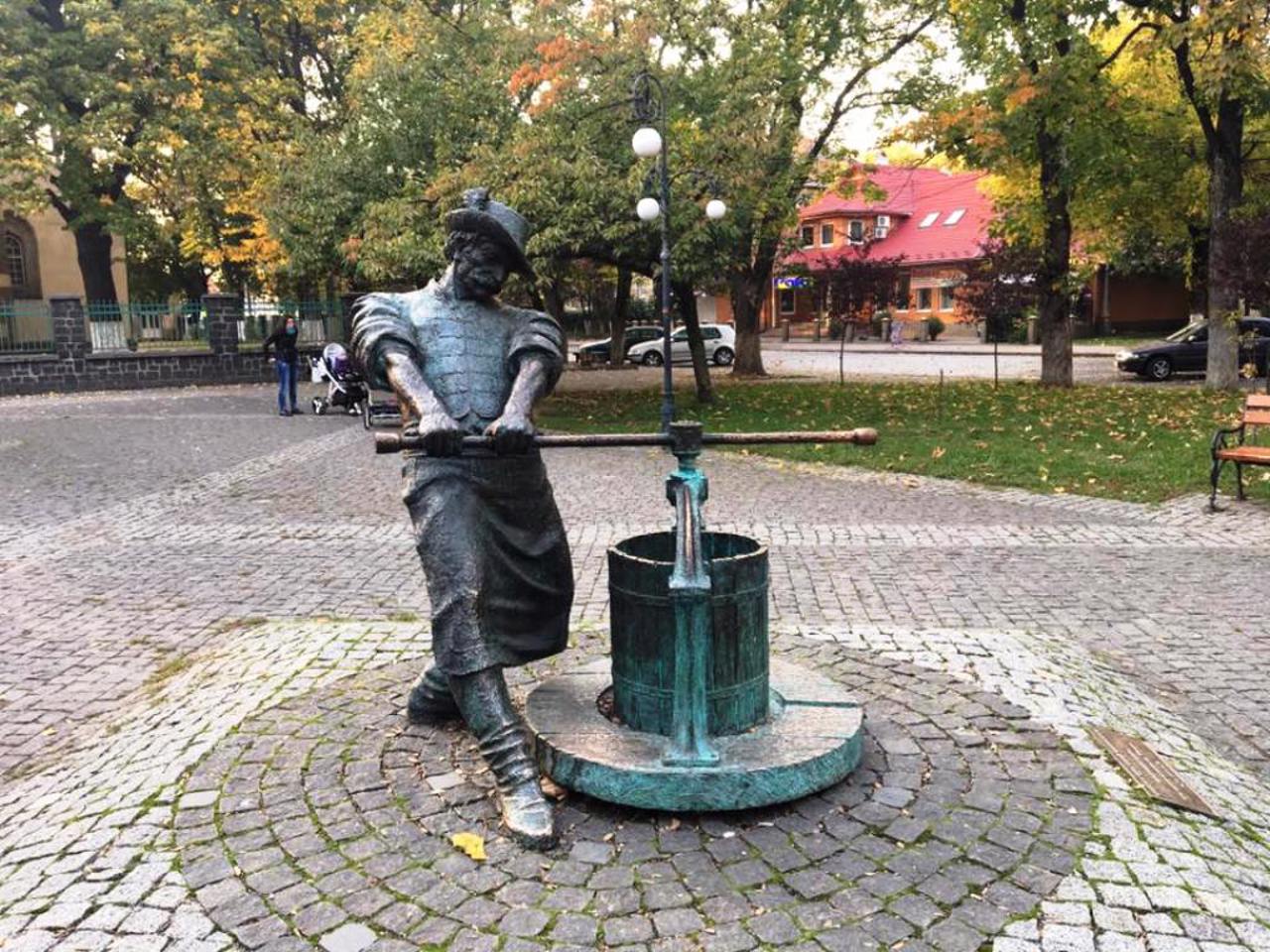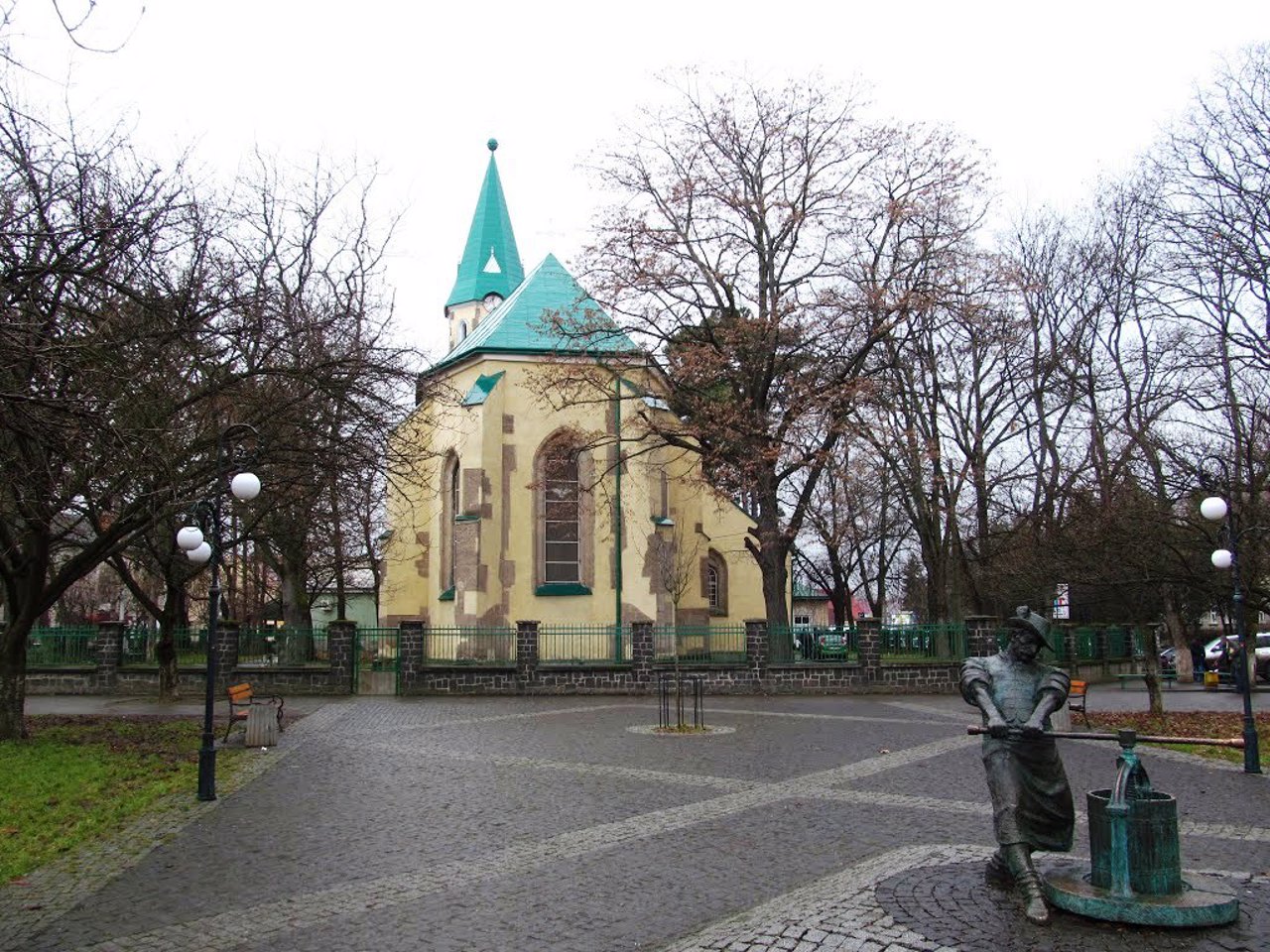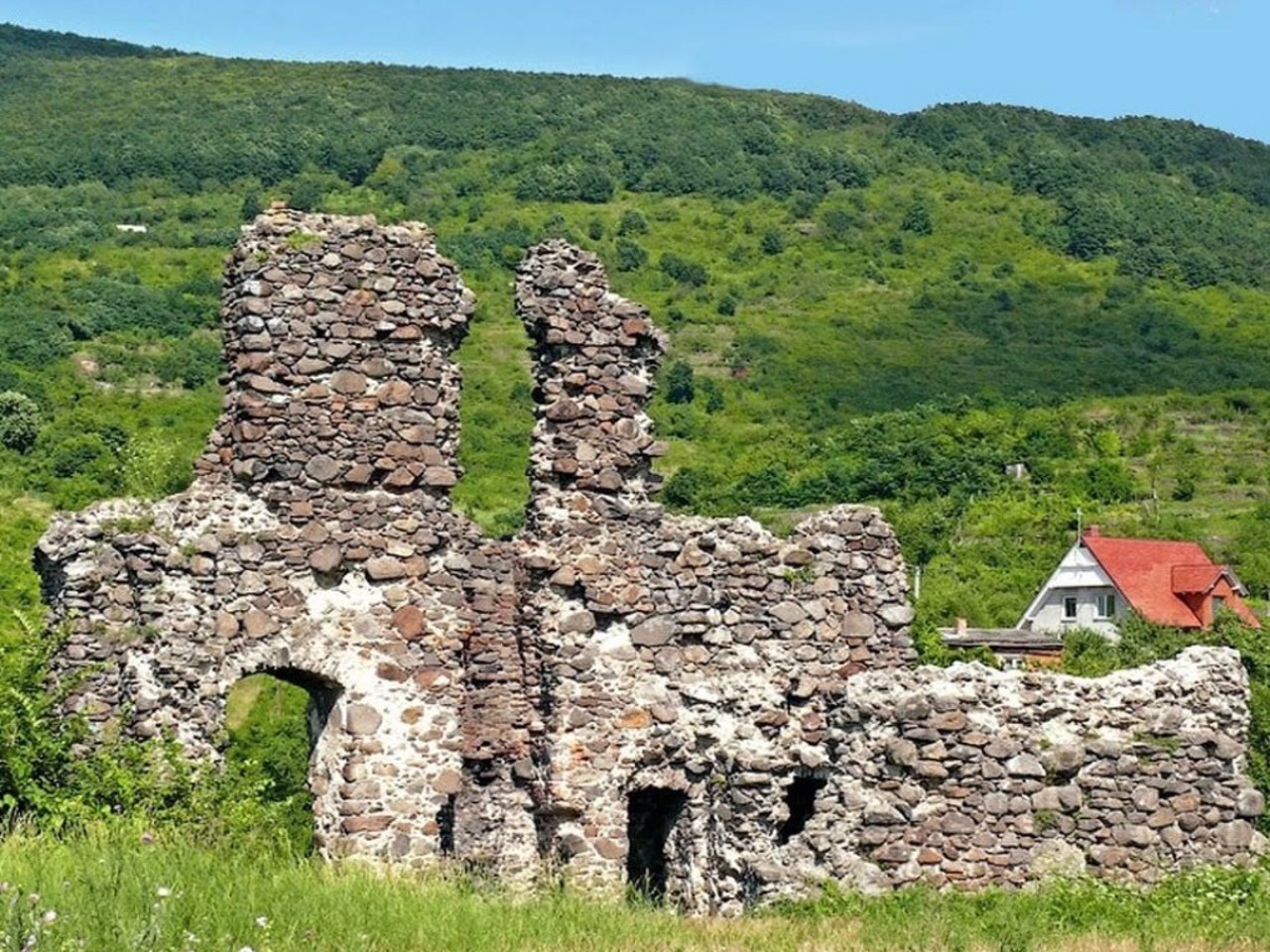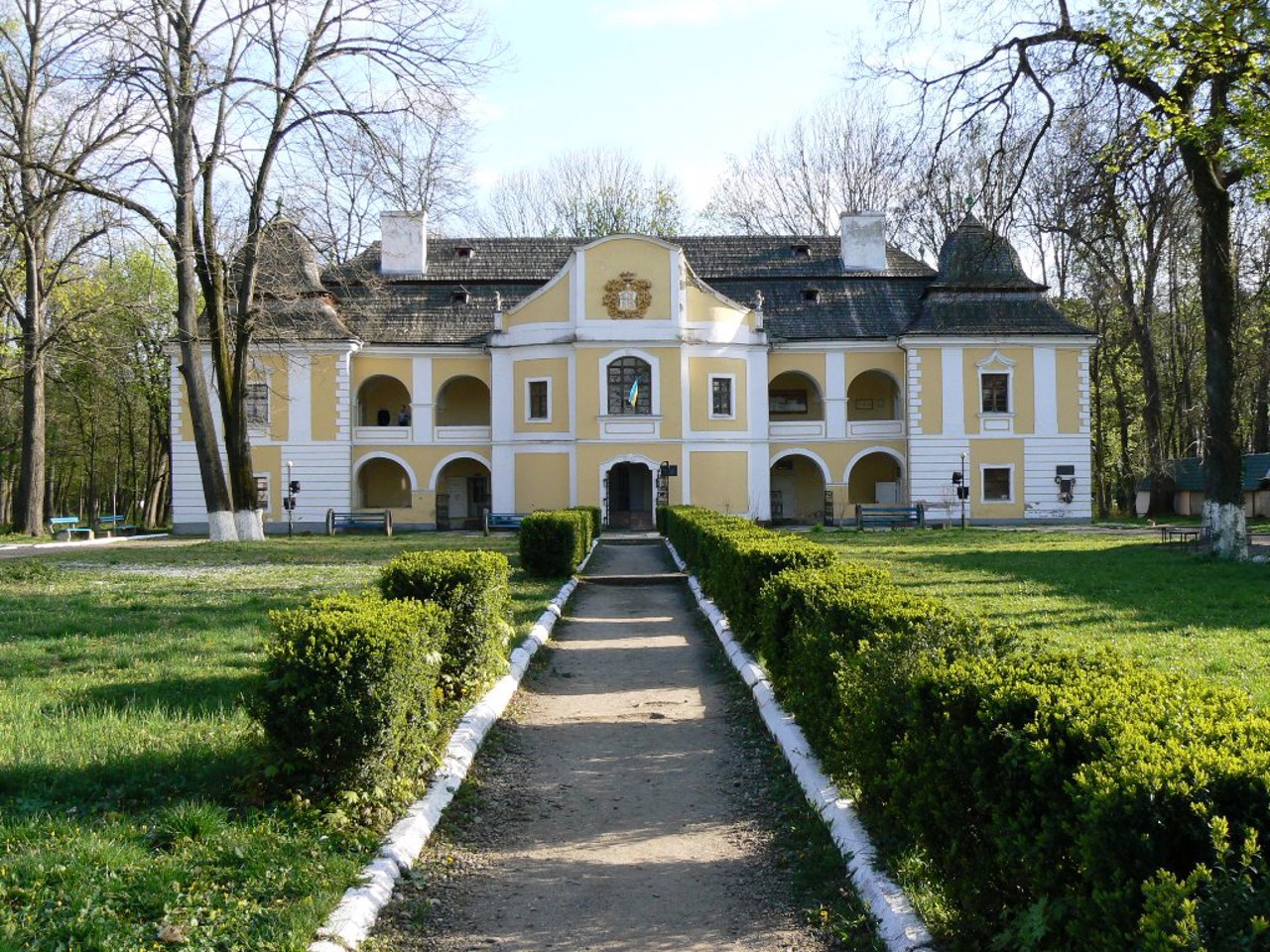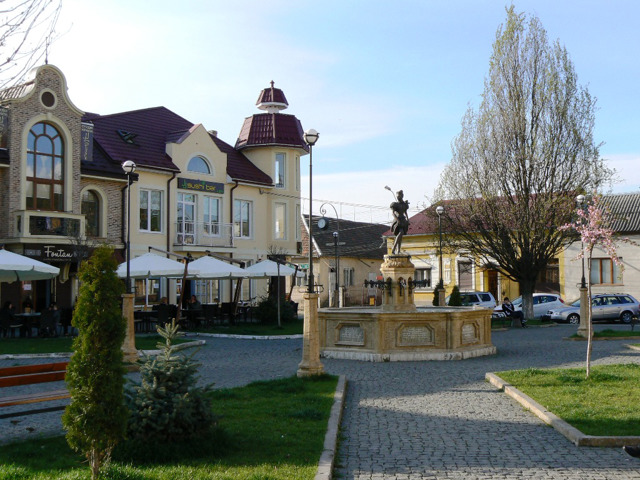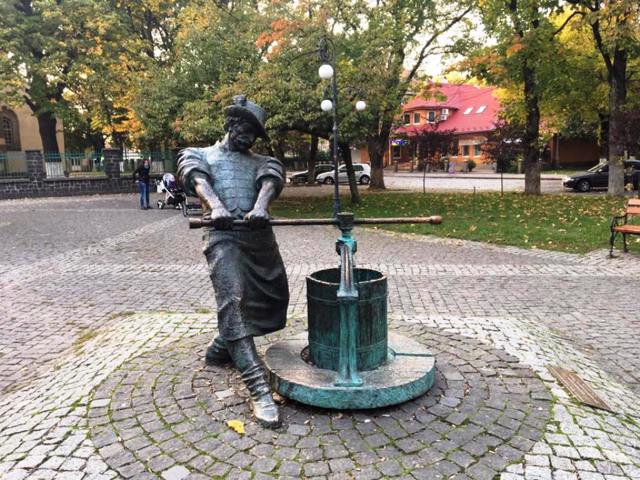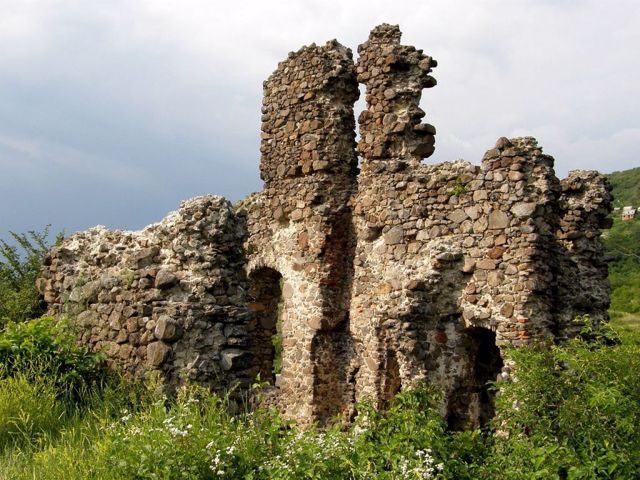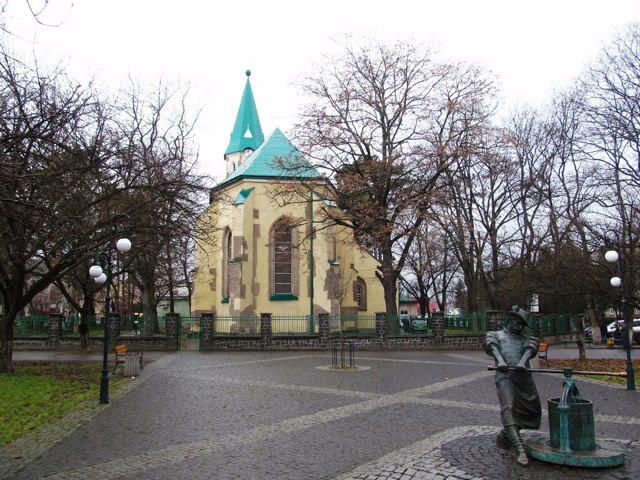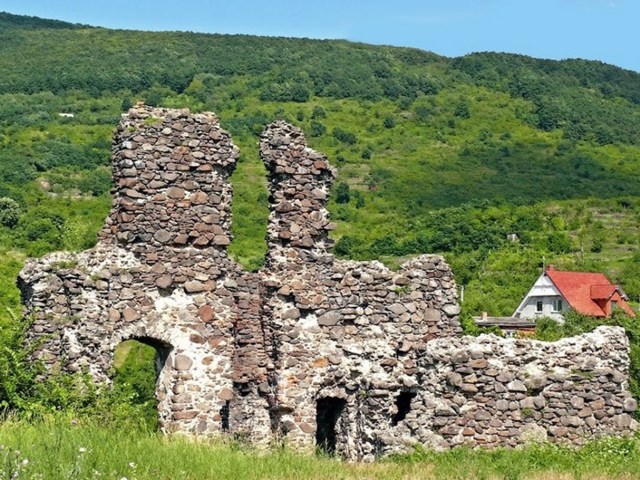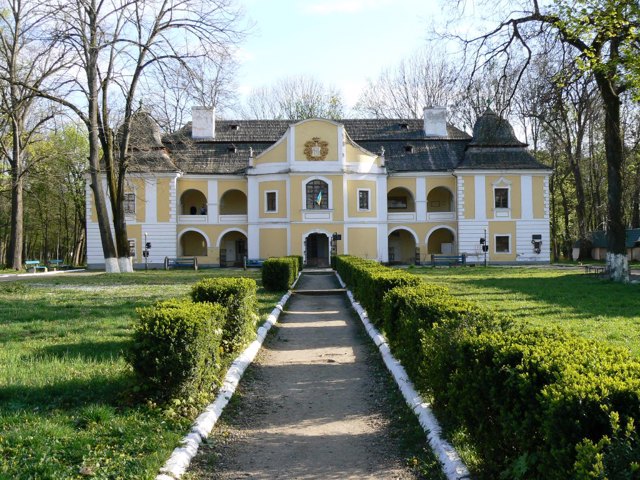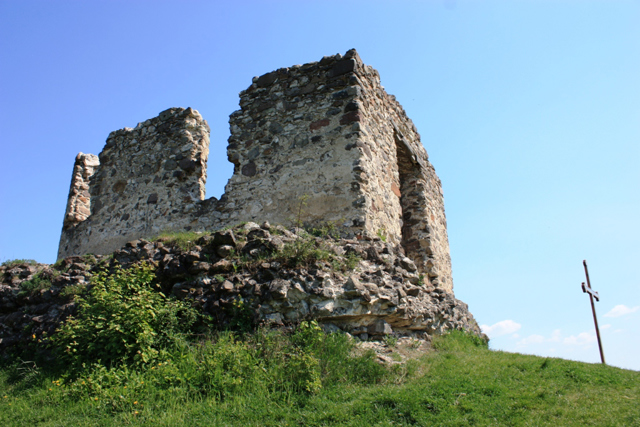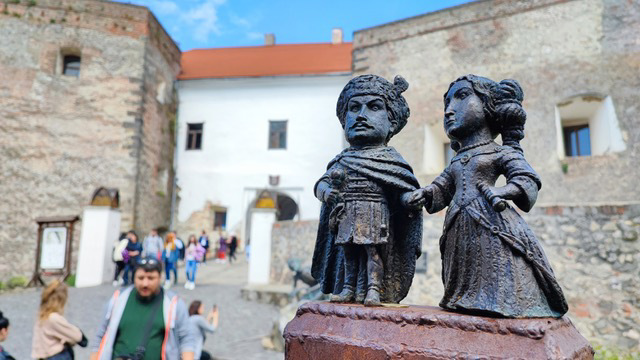Functional temporarily unavailable
Vynohradiv
Travel guide online Vynohradiv
General information about Vynohradiv
Vynohradiv is an atmospheric old town at the foot of the Black Mountain, on the right bank of the Tysa River. In the 10th century, there was a Slavic settlement of Kanko here, which the Hungarians, who captured Transcarpathia, turned into the border fortification of Uhocha to protect the country from the raids of the Pechenegs and Polovtsians.
It was first mentioned as Sevlush (Hungarian - "vineyard") in 1262, after the city was revived after the Mongol-Tatar invasion and became the center of a small village. The ruins of the Uhochan castle of Kanki, built in 1329 by King Charles I Robert, who declared Sevlush a royal city, have been preserved. For many centuries, the city was owned by the Hungarian magnates Pereni.
The palace of Baron Pereni (XVI-XVIII centuries) ...
Vynohradiv is an atmospheric old town at the foot of the Black Mountain, on the right bank of the Tysa River. In the 10th century, there was a Slavic settlement of Kanko here, which the Hungarians, who captured Transcarpathia, turned into the border fortification of Uhocha to protect the country from the raids of the Pechenegs and Polovtsians.
It was first mentioned as Sevlush (Hungarian - "vineyard") in 1262, after the city was revived after the Mongol-Tatar invasion and became the center of a small village. The ruins of the Uhochan castle of Kanki, built in 1329 by King Charles I Robert, who declared Sevlush a royal city, have been preserved. For many centuries, the city was owned by the Hungarian magnates Pereni.
The palace of Baron Pereni (XVI-XVIII centuries) with a park is one of the oldest examples of palace architecture. The Vynohradiv monastery includes a Franciscan church and cells (XIV-XIX solitia).
Residents have been engaged in grape breeding and traditional winemaking for a long time. In June, the festival of winegrowers and winemakers "Uhochanska Loza" takes place.
Vynohradiv City Day is celebrated on the last Saturday of August. On the same days, the international contest-festival of modern song and dance "Crystal Cluster" is held.
Виноградів - атмосферне старовинне місто біля підніжжя Чорної гори, на правому березі річки Тиса. В X столітті тут існувало слов'янське поселення Канко, яке угорці, що захопили Закарпаття, перетворили на прикордонне укріплення Угоча, щоб захищати країну від набігів печенігів і половців.
Вперше згадується як Севлюш (угорською - "виноградник") в 1262 році, після того, як місто було відроджено після монголо-татарської навали та стало центром невеликої жупи. Збереглися руїни Угочанського замку Канків, побудованого в 1329 році королем Карлом I Робертом, який оголосив Севлюш королівським містом. Протягом багатьох століть містом володіли угорські магнати Перені.
Палац барона Перені (XVI-XVIII столітя) з парком є одним з найдавніших зразків палацової архітектури. Виног ...
Виноградів - атмосферне старовинне місто біля підніжжя Чорної гори, на правому березі річки Тиса. В X столітті тут існувало слов'янське поселення Канко, яке угорці, що захопили Закарпаття, перетворили на прикордонне укріплення Угоча, щоб захищати країну від набігів печенігів і половців.
Вперше згадується як Севлюш (угорською - "виноградник") в 1262 році, після того, як місто було відроджено після монголо-татарської навали та стало центром невеликої жупи. Збереглися руїни Угочанського замку Канків, побудованого в 1329 році королем Карлом I Робертом, який оголосив Севлюш королівським містом. Протягом багатьох століть містом володіли угорські магнати Перені.
Палац барона Перені (XVI-XVIII столітя) з парком є одним з найдавніших зразків палацової архітектури. Виноградівський монастир включає костьол францисканців і келії (XIV-XIX солітя).
Жителі здавна займаються розведенням винограду та традиційним виноробством. У червні проходить фестиваль виноградарів і виноробів "Угочанська лоза".
День міста Виноградова відзначають в останню суботу серпня. У ці ж дні проходить міжнародний конкурс-фестиваль сучасної пісні і танцю "Кришталева грона".
Сплануй своє перебування у Vynohradiv
What to see and where to go in Vynohradiv
Tourist attractions and museums of Vynohradiv

Buffalo Farm "Carpathian Buffalo"
Gastrotourism , Zoo
The Carpathian Buffalo Eco-Farm was established in 2008 on the outskirts of Vynohradiv by Roman Fetko, an enthusiast of the revival of the Transcarpathian population of these animals.
Currently, the farm keeps 100 Carpathian black buffalo.
Excursions and tastings of cheeses and other products made from buffalo milk are held.
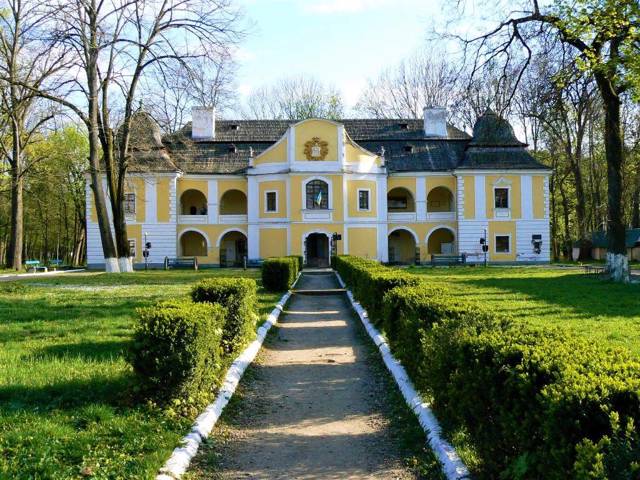
Pereni Palace
Palace / manor , Architecture
The two-story palace under a whimsical shingle roof in Vynohradiv is one of the oldest examples of the palace architecture of Transcarpathia.
Built in the 16th century by Baron Peter Pereni, the palace was originally one-story and had defensive functions. After the reconstruction, a second floor was added to the residential residence, a baroque pediment with the coat of arms of the Pereni family appeared.
The original layout has largely been preserved. On the first floor there were utility rooms and the entrance to the large cellars. Living rooms were located on the second floor. The frescoes of the 18th century on the walls of the central hall have been preserved.
The palace is surrounded by a large park, nearby are outbuildings.
Barons Pereni lived here until 1944. During Soviet times, the district education department was placed in the building. In recent years, restoration has been carried out, the opening of the museum is planned.
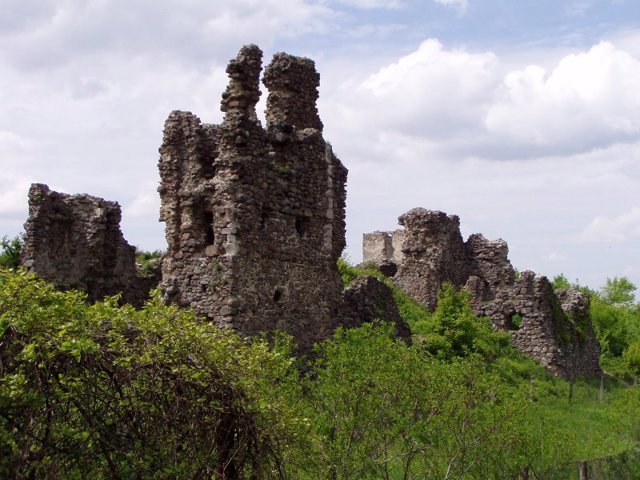
Kankiv Castle (Uhochanskyi)
Castle / fortress
The ruins of the medieval castle of Kankiv are located on the slope of the hill in the western part of Vynohradiv.
In the 10th century, there was a Slavic settlement of Kanko at this place, which was called Uhocha by the Hungarians. In the 12th century, the Hungarian king Heyzo II made Uhocha the center of a separate county. After the Mongol-Tatar invasion, the stone Ugochan castle was rebuilt, which guarded the Transcarpathian salt route. In 1317, the castle of Kankiv, then belonging to the rebellious feudal lord Beke Barshi, was destroyed by the troops of King Karl I Robert.
Soon the king declared Sevlush a royal city and built a new castle in 1329, which then passed to Baron Peter Pereni. The baron soon moved to the palace, and gave the Ugochan castle to Catholic Franciscan monks, who built a church and turned the fortress into a monastery-hospital. In 1556, the Franciscans were expelled by Protestants, and two years later the castle was destroyed by Austrian troops and has not been restored since then.
Picturesque ruins have been preserved, from which a wonderful panorama of the city opens. The possibility of restoration is being discussed.
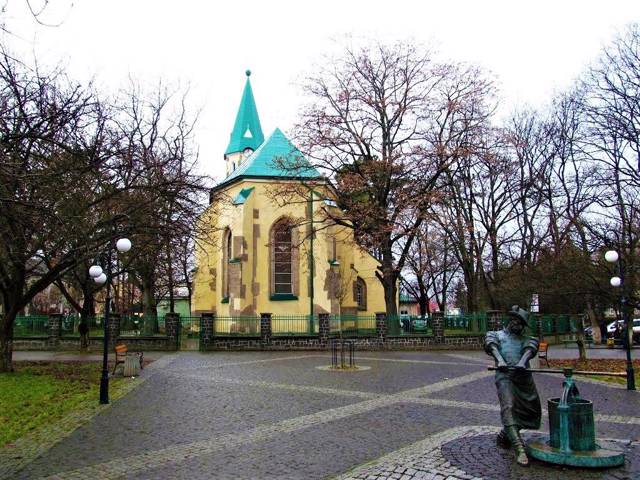
Ascension Church
Temple , Architecture
The Ascension Church is the oldest temple of Vynohradiv. It was probably founded in the XIII century, but was first mentioned at the turn of the XV-XVI centuries.
Stone, one-nave, reinforced with buttresses. Initially, the Ascension church could perform defensive functions, and the three-tier bell tower served as a watchtower.
Subsequently, the temple was rebuilt several times, and acquired its current form in the 18th century.
During recent restoration works, Romanesque and Gothic portals on the southern and northern facades, Gothic stone carvings in the apse were discovered. Fragments of ornamental fresco painting, carvings and a stucco coat of arms above the main entrance have been preserved.
Currently, the Ascension Church is an active Catholic church of Vynohradiv.
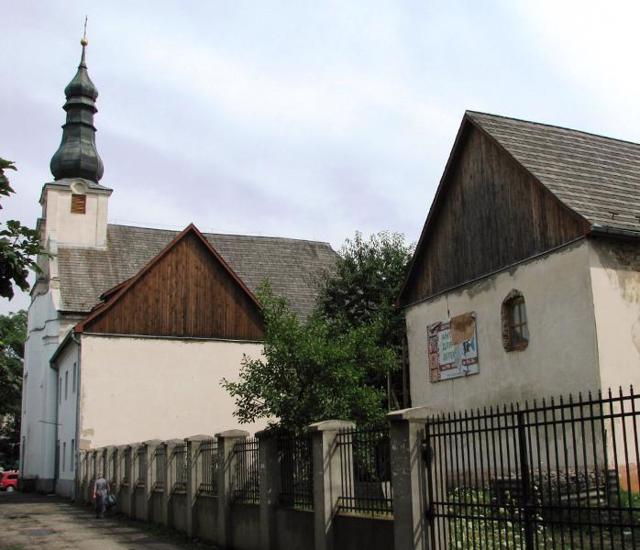
Franciscan Monastery
Temple , Architecture
The first Franciscan monks appeared in Vynohradiv in the 15th century, which gives grounds for dating the monastery.
In the same century, the Franciscans received their order from Baron Pereni, the castle of Kankiv. In the middle of the 16th century, when the reformation movement began to spread in Transcarpathia, the order was disbanded.
Half a century later, the Franciscans returned and rebuilt the monastery and the church of Saint. Francis. Initially, it was made in Gothic forms, but after it was destroyed by the Tatars in 1717, it was restored in the Baroque style.
In the 19th century, the temple was abandoned and partially rebuilt. In Soviet times, a historical museum was located here.
Vynohradiv in news and blogs
Reviews Vynohradiv
Geographical information about Vynohradiv
| {{itemKey}} | {{itemValue}} |
|---|---|
| Region |
Zakarpattia |
